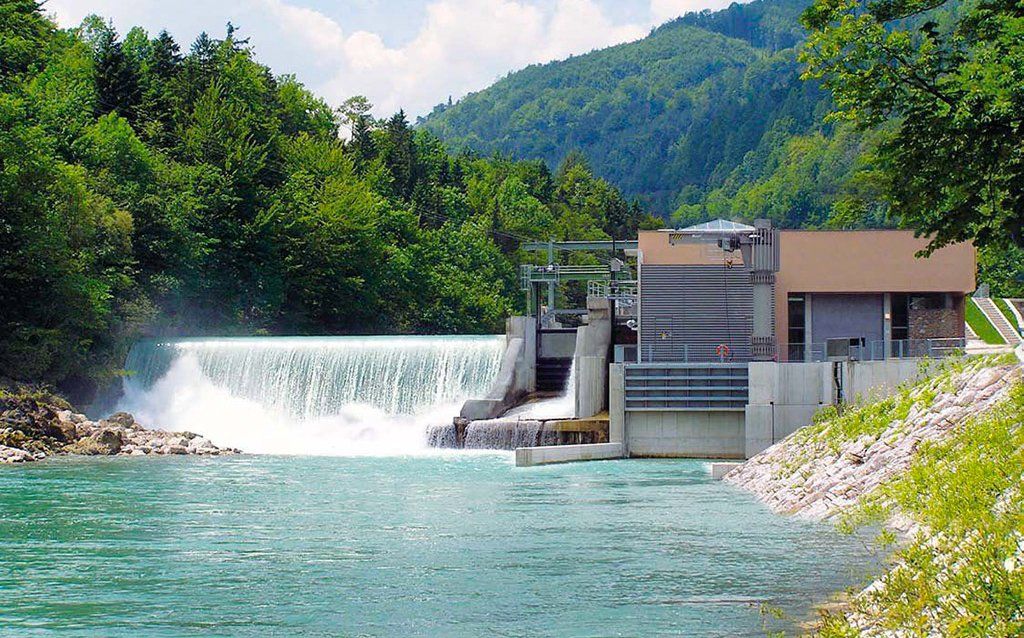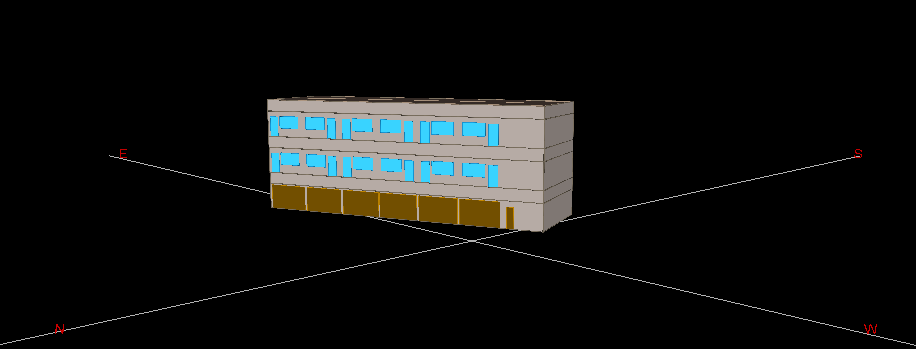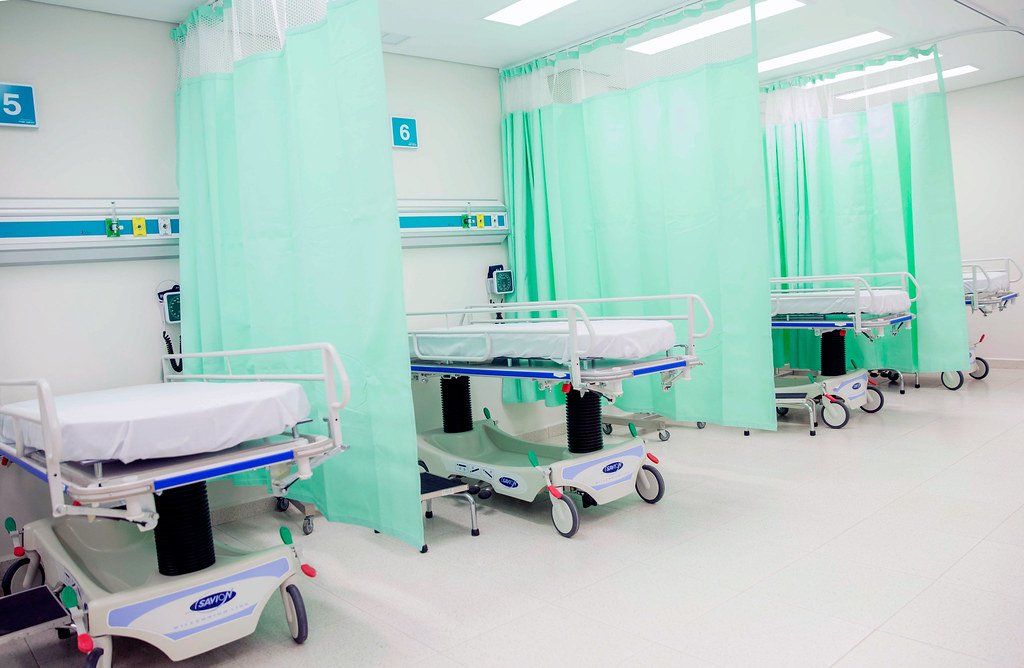Sun’s Out, Energy’s In
In line with the current growth of renewables in the country, we would like to kickstart this blog series by talking about solar energy. Out of all the RE technology available, solar seems to be the most popular nowadays, possible due to a strong market influence and its portable nature, wherein even one’s own home can be easily installed with solar energy.
Whenever we think of solar power, usually the photovoltaic (PV) panels would come to mind similar to the picture above. This kind of solar energy converts sunlight into electricity via semiconductors. For the PV cells, these are commonly made from silicon, either monocrystalline, polycrystalline, or amorphous, however materials such as Cadmium Telluride (CdTe) and Copper Indium Gallium Selenide (CIGS) are currently being tested to further increase efficiency in electricity conversion. Generally, solar PV efficiency would range between 6-18%.
In terms of Philippine presence, the largest solar PV plant in Southeast Asia is located in Cadiz, Negros Occidental with a 132.5-MW capacity. With a 176 hectare area, one can see how a conventional solar farm eats up a lot of land space, which could be used for other purposes such as agriculture. Given this, the trend towards the Building Integrated Photovoltaics (BIPV) technology is rising since it integrates the PV system onto a building structure. For rooftop PV systems, these would reach around 10 kW in capacity and are built towards the south direction for optimal solar radiation. In the case of façade integration, various transparent module types such as crystalline and micro-perforated amorphous are available as for natural light to transmit inside the building.
Considering the type of energy the sun gives, oftentimes we would just look at sunlight, however using the heat emissions from this can significantly contribute in electricity generation. Solar thermal power plants collect and concentrate solar radiation to produce heat through reflectors that focus sunlight onto a receiver. There are three types of concentrating solar thermal plants; linear concentrating systems, solar power towers, and solar dish/engine systems. For linear concentrating systems, they collect solar energy using rectangular curved mirrors arranged by rows, which is used to heat a fluid that would boil water in a conventional steam-turbine generator to produce electricity. In the case of solar power towers, the system uses a large area of heliostats to track and concentrate sunlight onto a receiver on the top of the tower. Lastly for solar dish/engines, a mirror resembling a satellite dish would direct sunlight onto the receiver, and the heat produced would be used in engine systems such as the Stirling engine. In terms of concentration ratio, solar dish systems produce higher solar concentration compared to linear systems, thus making this type of installation ideal for remote areas.
From all these different kinds of solar technology, there is vast potential for this energy source to flourish. Tune in for the next blog wherein we talk about wind and how it can be used in producing electricity.
To find out more about energy modelling and our consultancy services, check our our website at www.greensolutions.ph.













